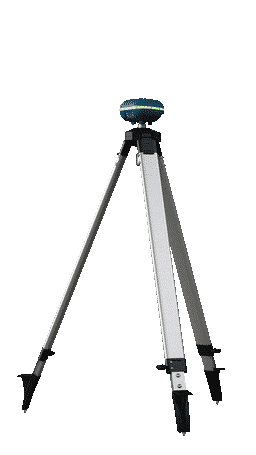What’s the difference between Rover and Static Rover?
Within profile in UNI-Connect, you see a differentiation between Rover and Static rover. What’s the difference? The big difference is how the algorithm generating the position treats the rover itself, which can make some influence on the accuracy.
Static rover
In static rover mode, the positioning algorithm treats the UNI-GR1 as it says, “static”. Meaning that with all calculations, the algorithm will take into account that the UNI-GR1 stands still in one location. That could help in determining the position and the way the satellite signals are treated. It makes it easier to give a higher accuracy, but when you have it in static mode and you start moving around: it gets harder for the algorithm. Leading to big jumps in locations, false position fixes or it will float a lot.
In case you have a hard time getting a fix in certain locations, you can choose to use static mode. However, you need to remain still at the points you measure for a while.

Regular rover
In regular rover mode, the positioning algorithm does not treat the UNI-GR1 as static per se. This makes it a bit harder for the algorithm to get a FIX, as it needs to take into account you are moving. It uses the inertial motion sensors to help you, and gives you the freedom you need to work with, without jumps in position.
Not sure what mode to use? Regular rover it is!

